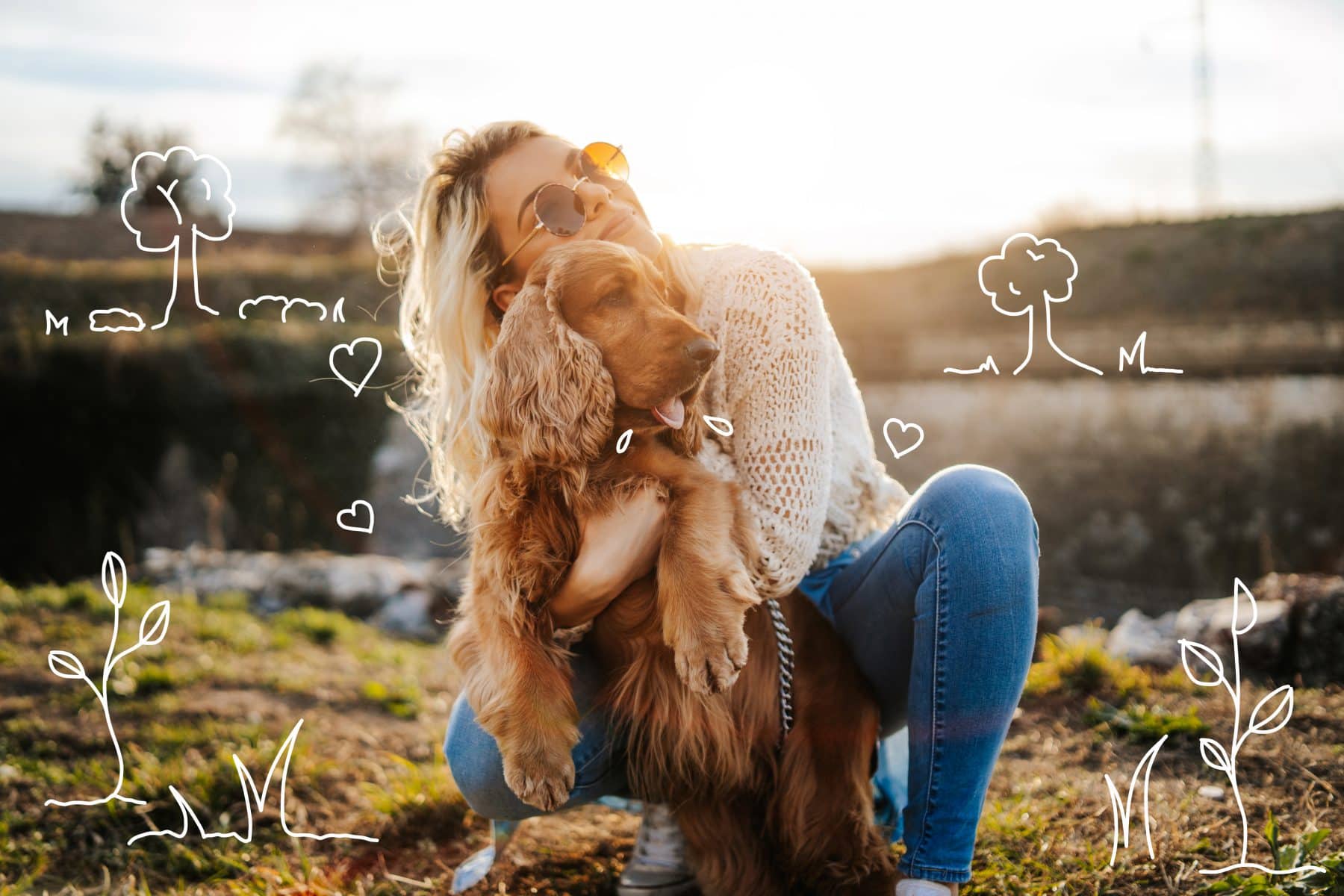Grooming tips for dogs
We all know that lustrous locks need care and attention. A well-groomed dog not only looks presentable, it also helps to keep them healthy. However, it can be difficult to know where to start and what type of grooming to prioritise, so AnimedDirect.co.uk has put together some tips for grooming your furry friend!
How often should you groom your dog?
How often you should groom your dog depends on whether they are a long haired or short haired breeds.
Long haired breeds will need to be brushed on a daily basis to avoid matting and tangles whereas some shorter breeds only need to be groomed every couple of weeks.

Brushing tips
- Check their skin: Firstly, check your dog’s fur for tangles and matting, then inspect their skin for signs of lumps, bumps, fleas, ticks, fur loss and other skin issues
- Comb, then brush: Use a metal comb first, in the direction of the hair growth. After this, switch to a bristle or rubber brush
- Keep things brief: In the early days of beginning to groom your dog, it’s best to keep sessions to a matter of minutes before gradually building up the time spent grooming as they get more comfortable with the idea. If your dog shows signs of distress or fights against your grooming efforts, cut the session short and try again on another day.
- Use treats: This can help your dog to build a positive association with being groomed, particularly parts that are less enjoyable such as being bathed or having their nails clipped.
Bathing tips
Bathing can help remove debris and dirt from your dog’s coat.
Groom your dog first and use pet friendly shampoo. You can use a rubber mat in the bath or sink to prevent slips and slides while your pet’s coat is being cleaned.
Remember to stand clear of your dog after bathing…else you risk a soaking when they shake!
Nail clipping tips
Get your canine companion used to having their feet handled on a regular basis before attempting to clip their nails. This can make them much more receptive compared to a dog that’s not used to their paws being touched and only associates it with an experience that they do not enjoy.
Always avoid the quick (the soft cuticle in the centre of the nail); this will bleed and be painful for your pet if it is cut. If the quick isn’t immediately visible, make only small cuts so that you don’t mistakenly cut into it.
If you’re worried about clipping your pet’s nails by yourself, you may prefer to use the services of a professional instead.
It’s always a good idea to have a dog insurance policy in place. That way, you can have peace of mind that your canine companion is covered in case of unexpected illness or injury.
You might also be interested in…
Get a quote in minutes…

Existing customers
Call now on 0808 164 7999
to discuss your policy with us.
Monday - Friday: 08:00 - 20:00 Saturday: 09:00 - 14:00





 Back
Back
